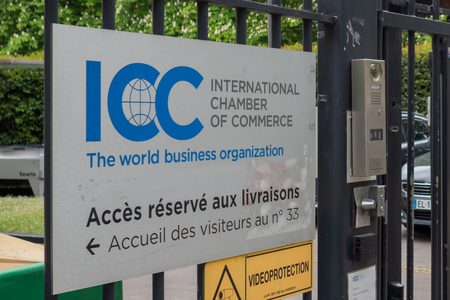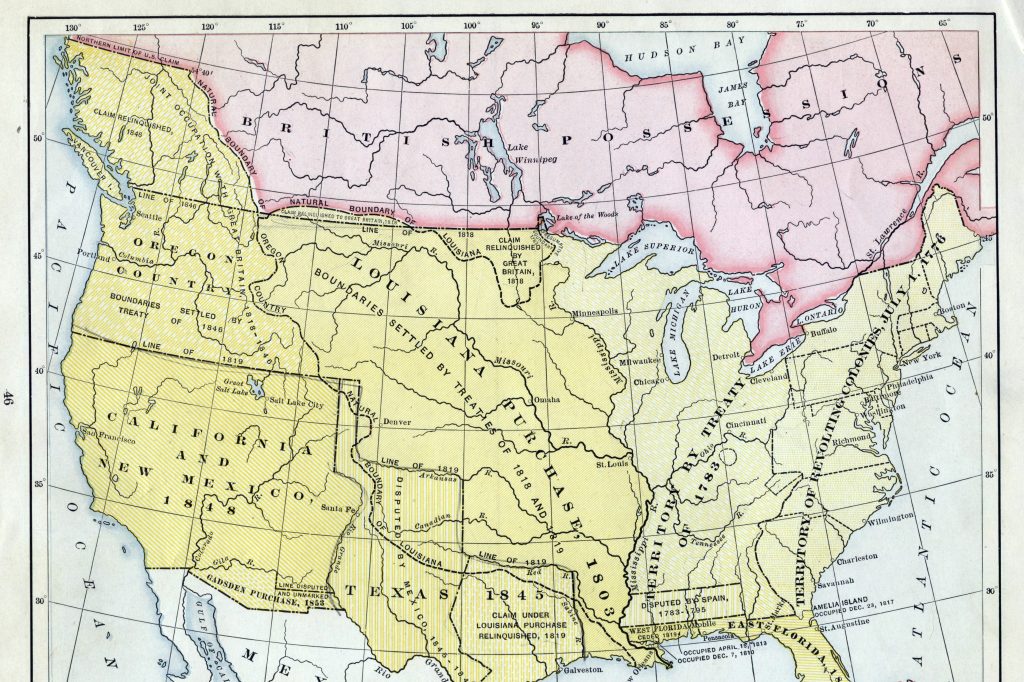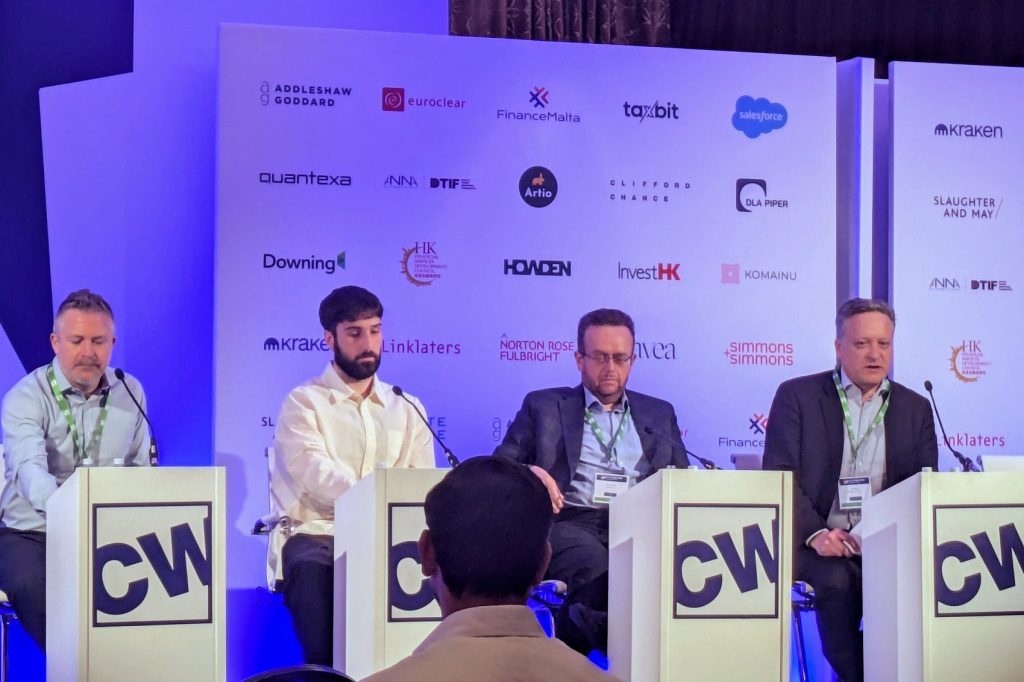Late last month, the European Union (EU) took a major step towards policing the wild west of unregulated carbon markets. EU negotiators completed their work on a new piece of legislation: a Carbon Removal Certification Framework (CRCF).
It won’t be the law of the land for a few more months, and we haven’t seen the very final text yet. But the main substance of what has been agreed is clear. And it is a big deal for the carbon removal industry.
The good
The EU has made important decisions about what constitutes a high quality carbon credit.
First, carbon must be stored for “several centuries”. Effectively a minimum of 200 years. This is a significant increase in the threshold for quality compared to the credits most commonly sold in today’s market. Even the Integrity Council on Voluntary Carbon Markets (ICVCM), the most stringent of the industry self-regulatory bodies, sets the bar at just 40 years.
Many existing projects store carbon on the scale of decades. A new and growing segment of carbon removal involves methods to store carbon for thousands of years. Today there is no differentiation between credits that result in these very different outcomes. The EU setting the threshold at “centuries” means that the majority of carbon removal methods that will qualify for EU credits are the ones that store carbon for thousands of years.
Second, a carbon credit has to represent real carbon removal. “Avoided emissions” do not qualify for EU-credits. Conflating “avoidance” with “removal” credits is a major issue in today’s unregulated market. Most avoidance projects are based on a counterfactual that is impossible to verify. And the problem is that those carbon credits are then bought and used to offset (or justify) very real, very precisely quantifiable carbon emissions.
Third, having defined what constitutes high quality carbon removal, the EU has created a path for companies and individuals to offset their carbon footprint in a meaningful way. Through the proposed Green Claims Directive, the EU will ban companies from claiming they are “carbon neutral” if this is based on purchases of carbon offsets. However, the CRCF creates a potential exemption—if companies could make claims based on EU-endorsed carbon removal credits. The exact interaction between these two pieces of draft legislation has not been fully worked through, but this is the expected direction of travel.
The bad
The devil is always in the detail. The most important remaining detail will come through the methodologies that the Commission needs to write as part of implementing CRCF. There is a serious risk here that the Commission inadvertently “picks winners”. Because writing methodologies is hard, and the more prescriptive the methodology, the harder it is. The Commission is currently intending to start with writing just two, and expects this process to take the best part of two years.
But there are around five main methods (or “pathways”) for carbon removal. So by choosing only two, the Commission will drive euros towards those that appear to be implicitly preferred by the EU. That could leave important carbon removal pathways – for example, Enhanced Rock Weathering – at a major disadvantage during a gap lasting potentially several years until the Commission gets round to completing the full set.
There is a solution here. The Commission should write principles-based methodologies that set out the key policy judgements relevant for each pathway. This is anyway a better fit for their skill-set and institutional capacity, and it means the methodologies will be more future-proofed to developments in science and technology.
The registries (or “certification schemes” in CRCF-speak) should then produce the underlying detailed Protocols that ensure compliance with the methodologies. By doing it this way, the Commission is taking on a more manageable (albeit still challenging) workload, and should be able to develop methodologies for all the major pathways in parallel over a two-year period.
The beautiful
CRCF could become the GDPR of carbon removal. That’s an ugly sentence to describe a beautiful possibility. Many countries are considering how to raise the quality standards and integrity of carbon credits produced, sold, and used in their territory. There is now a clear existing model to draw from.
Some had hoped that the UN “Article 6” process would deliver this. A top-down approach where countries could simply implement a UN framework at a national level. But for 193 countries to reach consensus, they may need to take a lowest common denominator approach. That would mean lower-quality carbon credits than the CRCF will allow. Perhaps a silver lining of the failure of negotiations on Article 6 at COP28 is that the EU has now got out in front. The CRCF sets a benchmark that countries serious about climate ambition cannot ignore.
Multinational companies will also experience this Brussels effect. If a major American company with operations in Europe wants to buy carbon credits, it is now likely to consider purchasing credits that meet the quality standards of the CRCF. This provides an incentive to apply a similar quality bar for purchases made outside its European operations as well.
The CRCF is the most significant step taken towards this to date. So we are delighted to see the progress achieved last month and look forward to contributing to its successful implementation.














